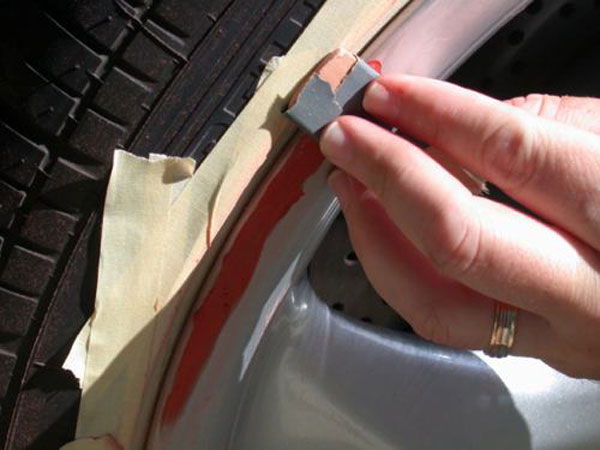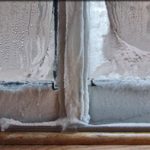Today, alloy wheels are widely used in various kinds of vehicles including trucks, motorcycles and cars. They are comprised of an alloy of magnesium or aluminum metals. Because they are lighter than ordinary wheels, they offer automobiles the much needed speed and steering capacity. Furthermore, they offer drivers a number of benefits including reduced chance of brake failure, improved heat dissipation as well as better heat conduction. For those who have these wheels, it is good to learn how to repair alloy wheel damage.
Materials Needed
You need several materials to do this moderate task. These include paint thinner, a pack of Bondo filler putty and grit sandpaper. In addition, you must also have primer spray paint, paint thinner and paint that matches the color of your wheels. Likewise, it is also good to prepare spray clear coat.
Steps
The wheel’s outer rim is prone to damages especially if there are tall curbs. If you wish to repair scrapes and other damages to this particular part of the wheel, clean it first. You can easily remove debris and dirt with the help of a paint thinner or mineral spirits. After this, get a small knife and then use it to apply Bondo spot filler on the damaged areas. Do not put too much. Instead, apply sufficient filler to fill low spots.
Once the filler dries off completely, get the sandpaper and then use it to smoothen out the rough and dull edges created by the application of the filler. Never use the sandpaper on the undamaged parts of the wheel as this can affect the original details. When the damage has been fixed and sanded, prepare yourself for some painting. Clean the areas to be painted. After that, try to cover the parts that need no painting. Likewise, do the same for the other parts of the vehicle.
Apply the primer first. When the first coat dries completely, get the grit sandpaper and then use it lightly on the newly painted part. Next thing to do is to apply the second coat of primer and then wait for it to dry. After completing the primer, remove the cover from the masked areas. Use the sandpaper once again lightly in order to blend the color of the new paint with the old one. When using the sandpaper, try to avoid using it on the primer.
When the primer is complete, apply the wheel paint next. Gently spray the first coat on the wheel. Do not spray too much to prevent runs. Once it dries, apply the second coat and then wait for it to dry once again. Get the sandpaper once again and then use it lightly on the newly painted wheel to eliminate the rough edges from the painting process. Try not to sand through the new paint.



